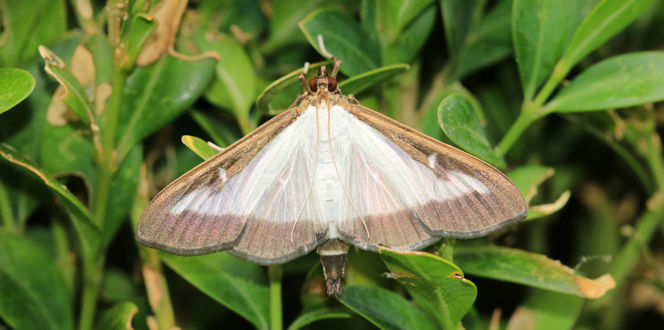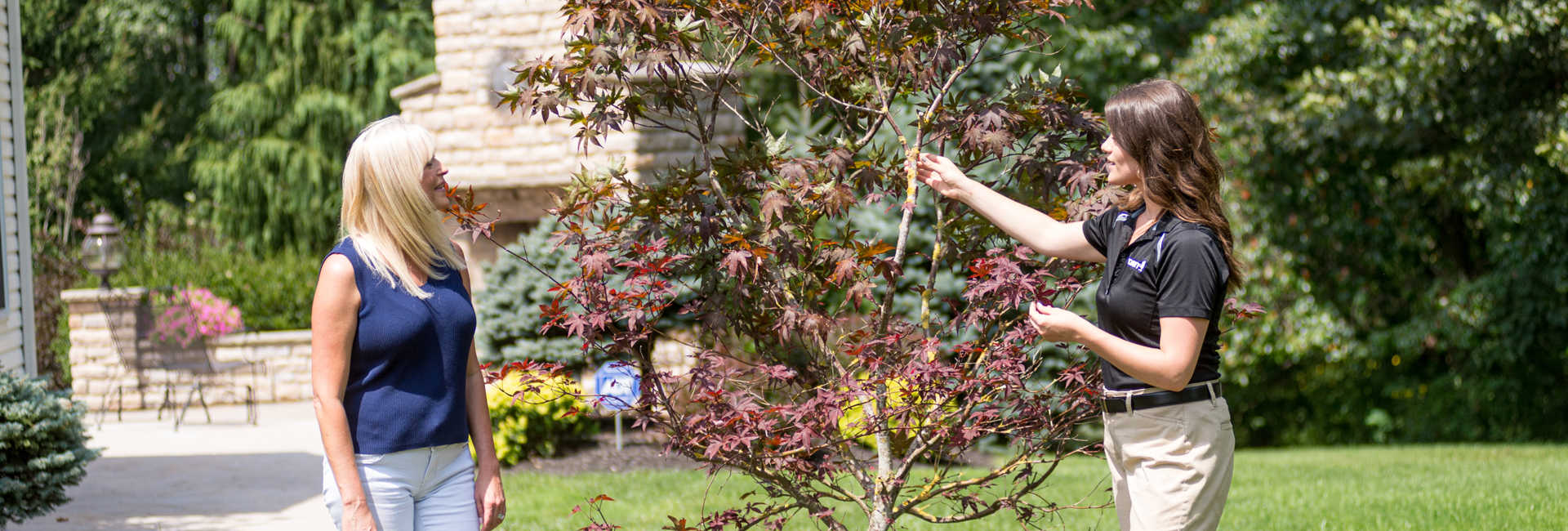Mediterranean Oak Borer Description:
Mediterranean oak borer (MOB) is an ambrosia beetle native to Europe, that has spread to the west coast of the United States in California (2019) and Oregon (2018.) This ambrosia beetle infests branches of vulnerable oak trees, invading branches in tree canopies, spreads through the trunk and can ultimately cause death.
Hosts:
There are at least 12 known species of oaks that have been infested by MOB. In California, it regularly attacks valley oak (Quercus lobata) (most common), blue oak (Q. douglasii) and black oak (Q. velutina).
Biology & Symptoms:
In contrast to bark beetles, which feed on wood tissue, ambrosia beetles (like MOB) farm and feed on fungi within the tree. Females tunnel under the bark and purposely inoculate their galleries with fungus. This creates a supply of food for the larvae as they develop. These fungi can be pathogenic, however, which can cause a vascular wilt disease. The tunneling of the beetles is somewhat destructive, but it is the fungal infection that is most detrimental to tree health.
Beetles require development of 5 to 8 weeks from stages of egg to adult, and can produce two or more generations per year. Mated females in California emerge in late winter or spring when temperatures approach 80°F.
Signs and symptoms of MOB infestation include wilting and dieback in the upper canopy, wilted then reddish leaves prior to dieback, boring dust in cracks of tree bark, 1/16" round entrance and exit holes, and occasionally oozing sap. Other boring insects, diseases, and abiotic issues can cause similar symptoms, so taking samples or investigating the galleries under the exterior bark may aid in diagnosis. Galleries will be black stained (due to the fungus) and will have a crowded, intersecting form.
Management:
There are steps that can be taken to limit the spread of MOB:
- Improve overall plant health of the tree to reduce stress. This may be done through deep root watering during periods of drought stress, incorporating targeted fertilizer applications to improve soil health.
- To slow the spread in infected trees, remove affected branches. Prune back to healthy wood, well below galleries. This is best done in the fall/winter while mated females overwinter in the sapwood.
- Be aware to not move infested wood to prevent spreading pests to other areas.
- Infested wood should be chipped as small as possible (to a diameter of one to three inches.)





